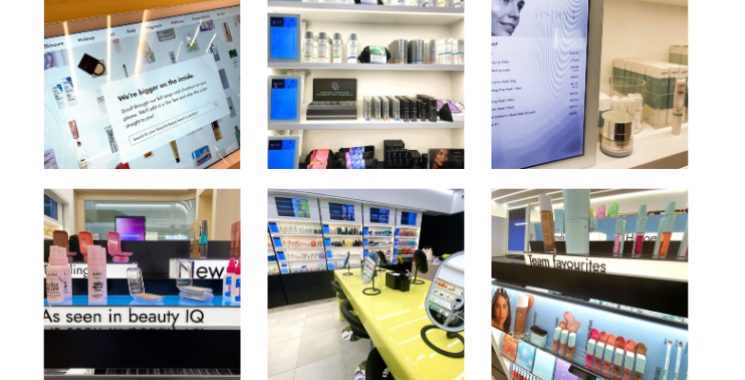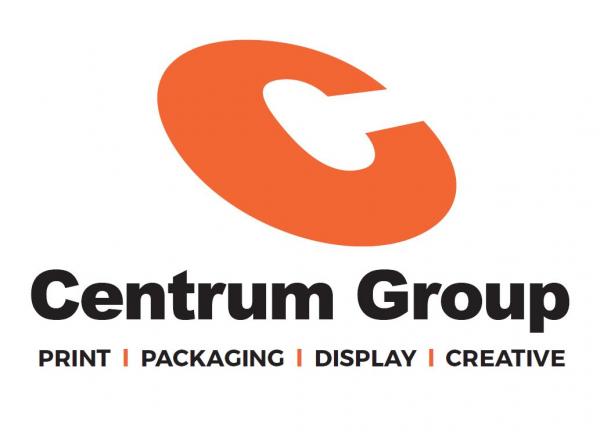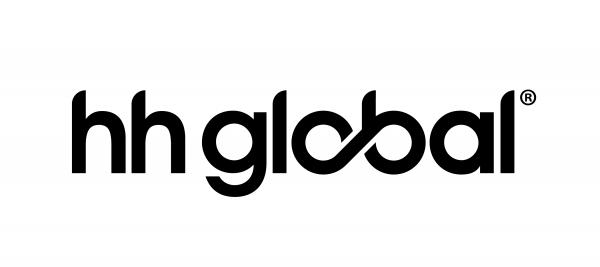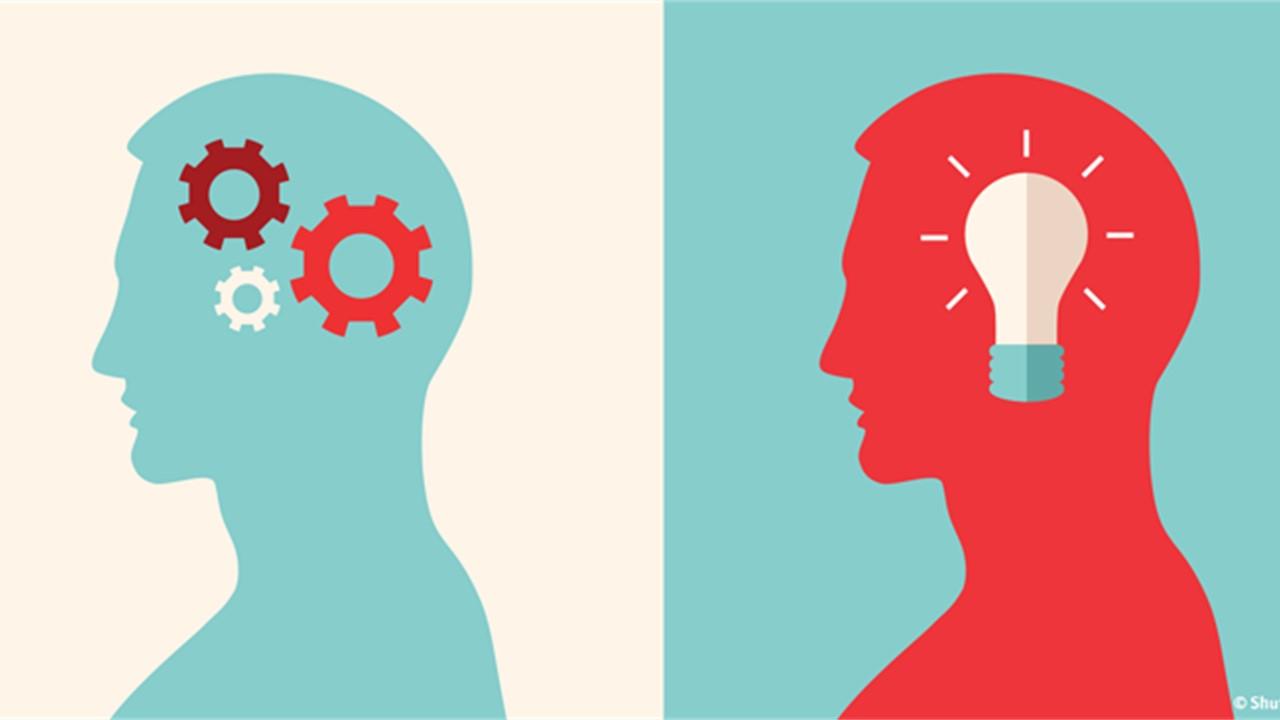
ShopperTrak Trends & Why We Decide to Buy Things
February 2020 Wrap-up
In the week commencing February 3, the National Index was down -12.6 % from the week before and down -7.4 % compared to this time last year.
In the week prior commencing January 20, the National Index was down -37.5% from the week before and down -2.8% compared to this time last year.
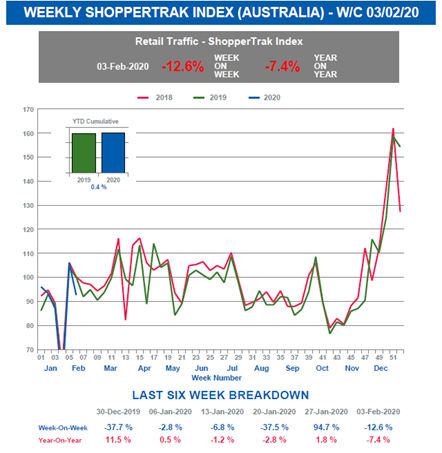
About ShopperTrak: ShopperTrak pioneered and manage the globally-recognised ShopperTrak Index, a set of national trend indexes measuring shopper numbers, which is relied upon by retailers and shopping centres across the globe as a consistent and trusted performance benchmark.
Following is a insightful story by ShopperTrak about behavioural economics and why shoppers decide to buy products or not.
The Importance Of Behavioural Economics
In his book "Thinking, Fast and Slow" Daniel Kahneman explains two types of mental processing that humans have: System 1 & System 2.
If I ask you “ 2 + 2 = ? ” you’ll answer the solution you recognise from years, you won’t be “processing”. System 1 thinking is fast, emotional and often sub-conscious.
If I ask you “ 14 x 82 = ” you need to use System 2 thinking to get the correct answer. It is slow, rational and conscious.
We tend to be lazy, and we don't like to make our brains work! Kahneman hypothesise we humans default to System 1 thinking, so more emotional less rational. When people shop, his theory helps to explain many dynamics.
3 dynamics and how retailers could use them to their advantage:
1. Buying with emotions
While they might deny this characterisation, shoppers tend to use their emotions and instinct when making a purchase. 95% is System 1 remember?
Those emotions can come in a wide range, from fear to pride to altruism, but no matter what forms they come in, they often overrule logic.
We will try to rationalise our emotional buying with facts (hopefully, facts that you as a retailer have supplied), but it still all comes down to emotions.
2. Fear of loss
If there’s one thing we hate, it’s losing money.
This is sometimes called “loss aversion”. We have a strong emotional attachment to loss and want to do anything we can to avoid it.
"A second beer absolutely FREE" how can you miss out on this deal?! This example is exaggerated, but you get my point.
Bear in mind to be a successful retailer, you need to monitor how effective your message is. Analysing the foot traffic, website visits and conversions rate impact before and after specific campaigns helps you optimise your "fear of loss" message for best ROI.
3. Going with the flow
Many people like to think they’re unaffected by what everyone else thinks and does. But the truth is, if everyone else is doing it, they’ll probably want to do it too.
The more other people are doing something, the more they’ll want to go right along with them. Shoppers are the same, they love to follow the crowd. That’s why including customer reviews, leveraging testimonials, and promoting products on social media channels can be so effective.
It demonstrates that consumers aren’t just buying a product, they’re becoming part of a movement. That's why Influencers are an essential promotional driver.
Remember, investing in the "right" individuals to be associated with your brand is vital. Now their impact can be measured in real-time when tracking footfall, dwell time and conversions achieved.




